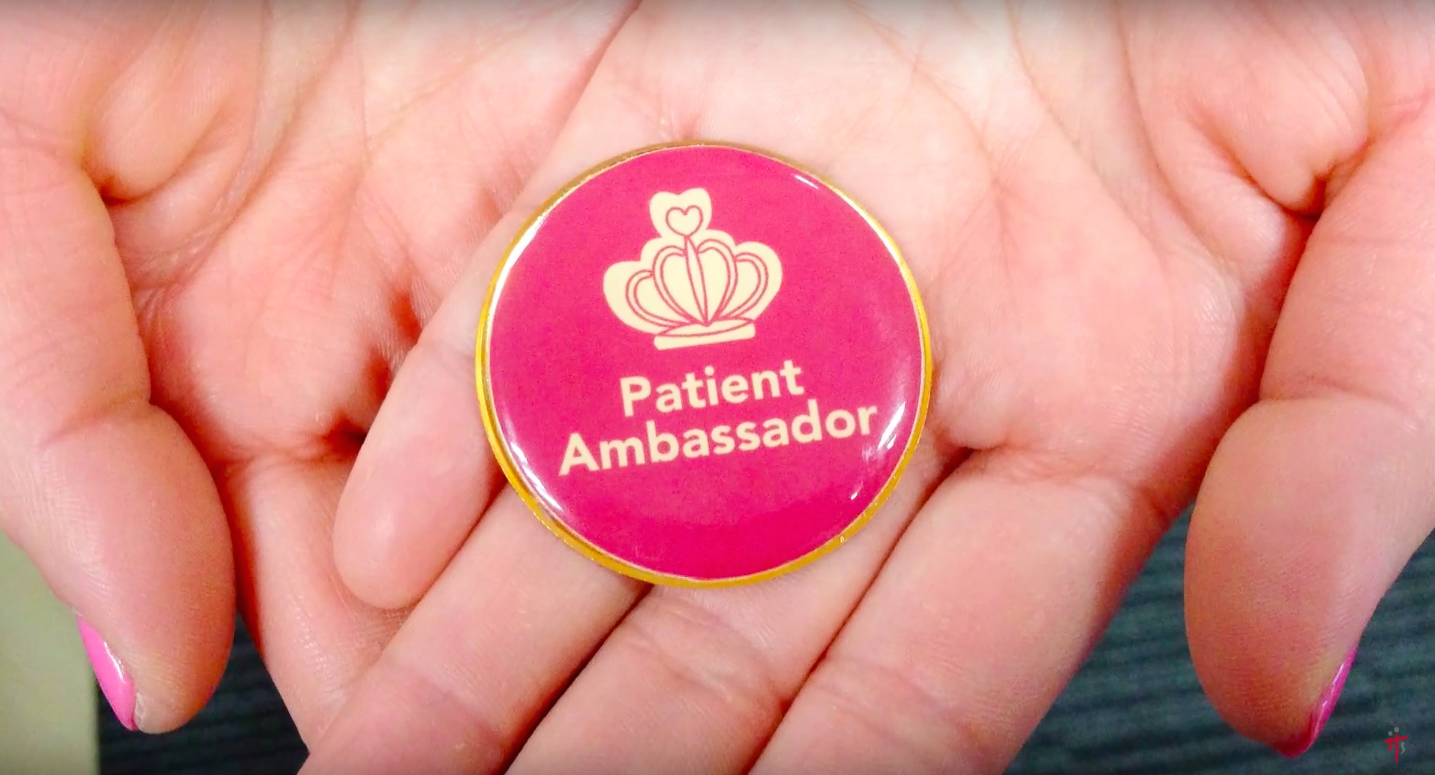Tan Tock Seng Hospital
Building a Sustainable Service Excellence Culture
Patient Ambassador (PAM) Framework: Developed in 2012 to create a sustainable service excellence culture in TTSH outpatient units, led by frontline staff who represent what patients value.
PROBLEM
In 2011, patient satisfaction at outpatient units in Tan Tock Seng Hospital (TTSH) showed a decline from year 2010. How might TTSH improve its outpatient satisfaction?
MY ROLE
Concept Development and Deployment
WHAT WE DID
1) DISCOVERING USER NEEDS
Besides maintaining the usual feedback channels with patients, the hospital also conducted focus group sessions. We recognised that delivering a desirable patient experience required both well-designed facilities as well as caring and knowledgable staff.
2) DEFINING THE PROBLEM
In the past, good work done by outstanding frontline staff was sporadically recognised by patients through compliments received via channels such as hospital feedback forms, Facebook, and newspaper forums. This approach left no lasting impact on the outpatient units’ service culture and little sustainability for service improvement. A stronger service excellence culture was needed.
3) DELIVERING SOLUTION
The Patient Ambassador (PAM) Framework was enacted to actualise TTSH’s five Patient Values (i.e. Good Outcomes, Safe Care, Coordinated Care, Valued as an Individual, and Value for Money), by grooming customer service staff in the following ways:
(i) Recognizing the right staff as service role models/leaders of service excellence
(ii) Developing service team leaders and coaches from the ground up
(iii) Providing platforms for promoting spread of ideas and experience among staff
(iv) Ensuring service quality is high and consistently delivered for sustainability
4) IMPLEMENTING SOLUTION AND MONITORING OUTCOMES
Along with other hospital initiatives, the number of service compliments increased, and patient satisfaction for Specialist Outpatient Clinics in TTSH was consistently ranked among the top two public hospitals in Singapore between 2012 and 2014.
WHAT I LEARNT
I learnt that engaging stakeholders of all levels was important to build trust, so as to achieve organisation-wide cultural change together. For example, actively listening to ground staff and middle managers was critical to empathise with their anxieties and concerns, and address any unintended consequences which might occur during the course of implementation. Being aware of the nuances was critical during deployment, or even the most well-designed concepts would not take shape as envisioned.
Core Team: PAM Workgroup
Tan Tock Seng Hospital, Singapore, 2012 - 2014
